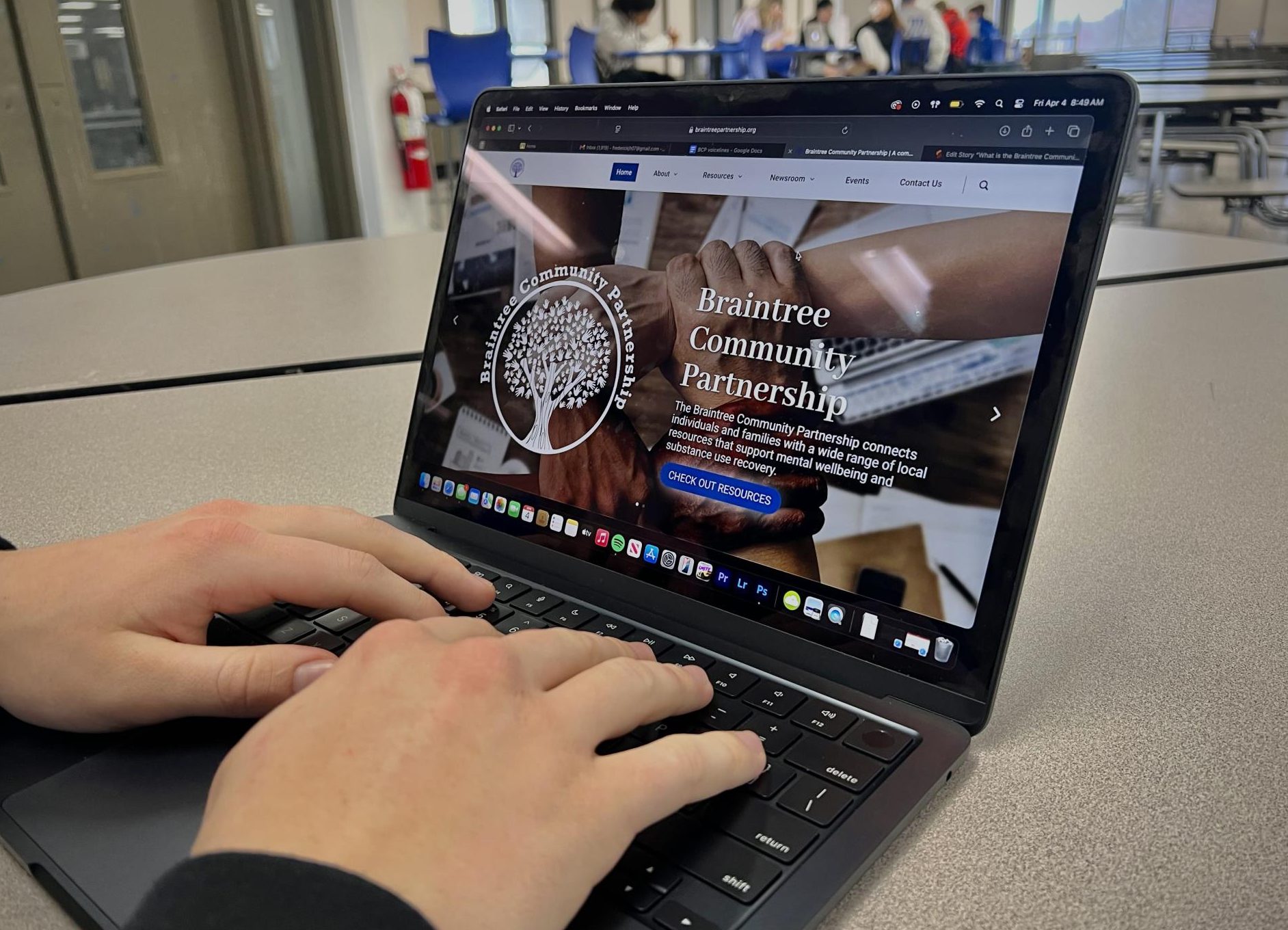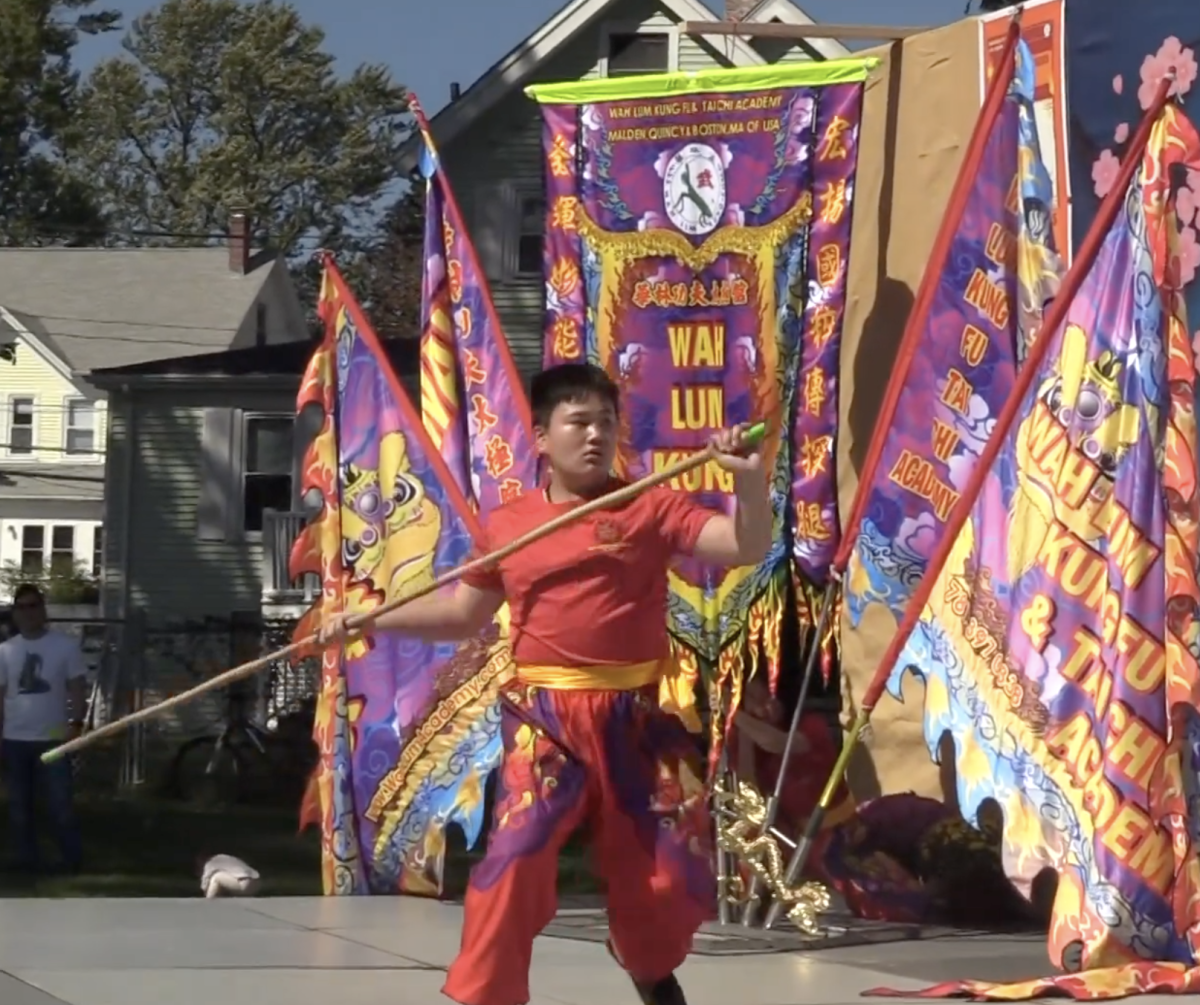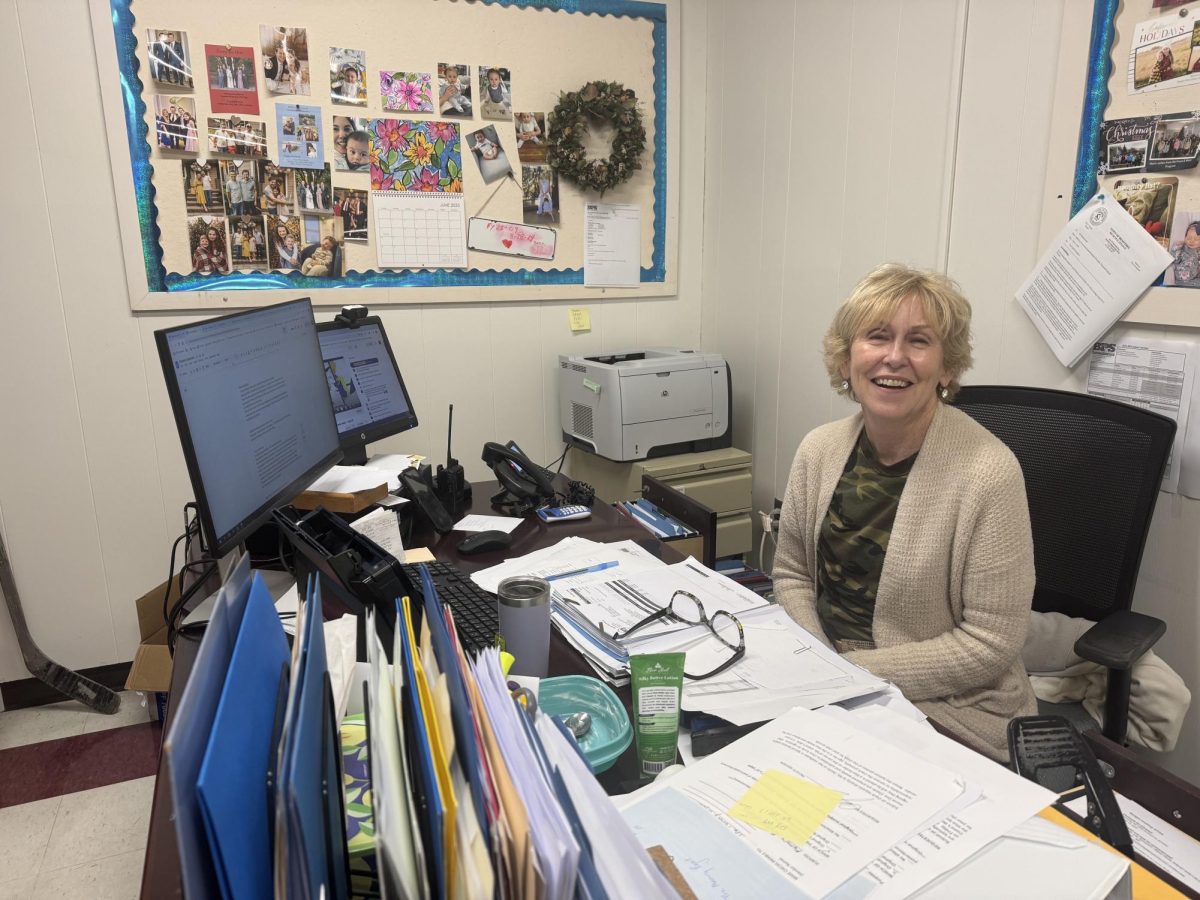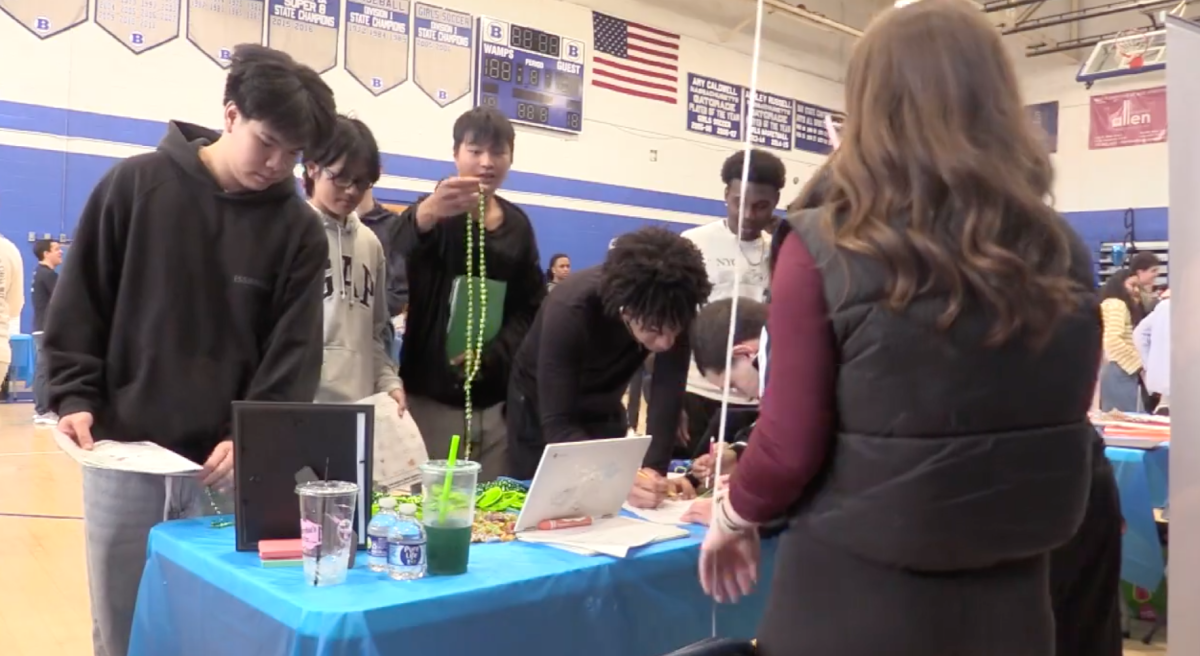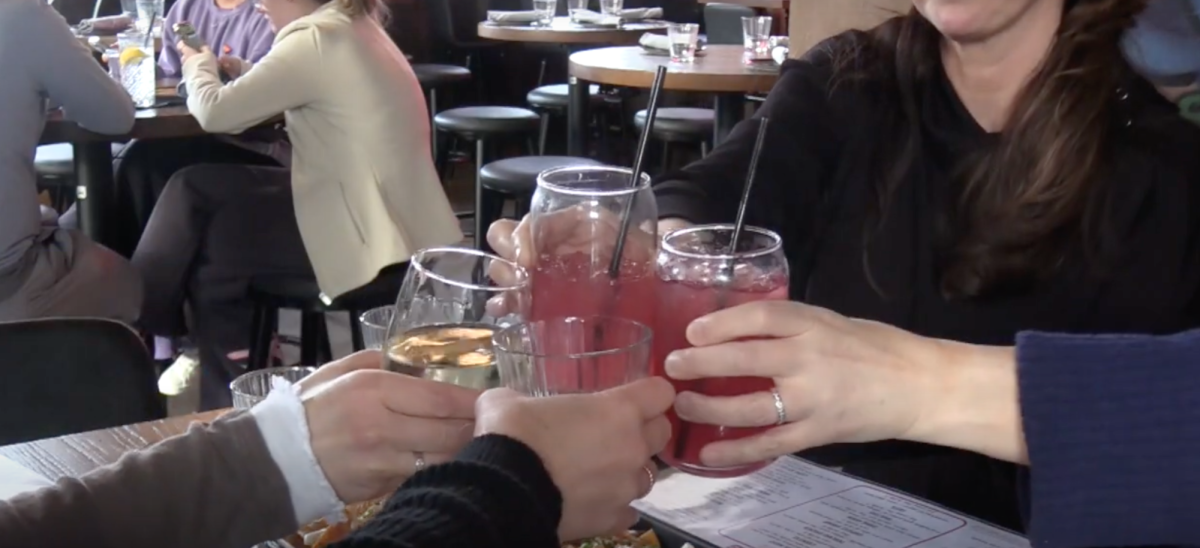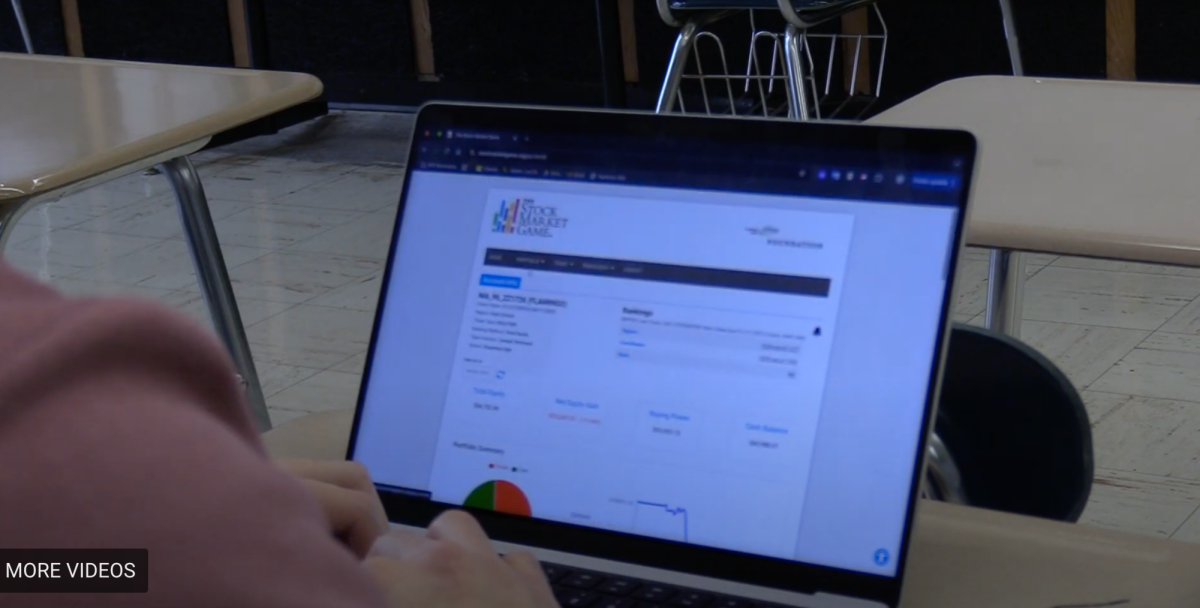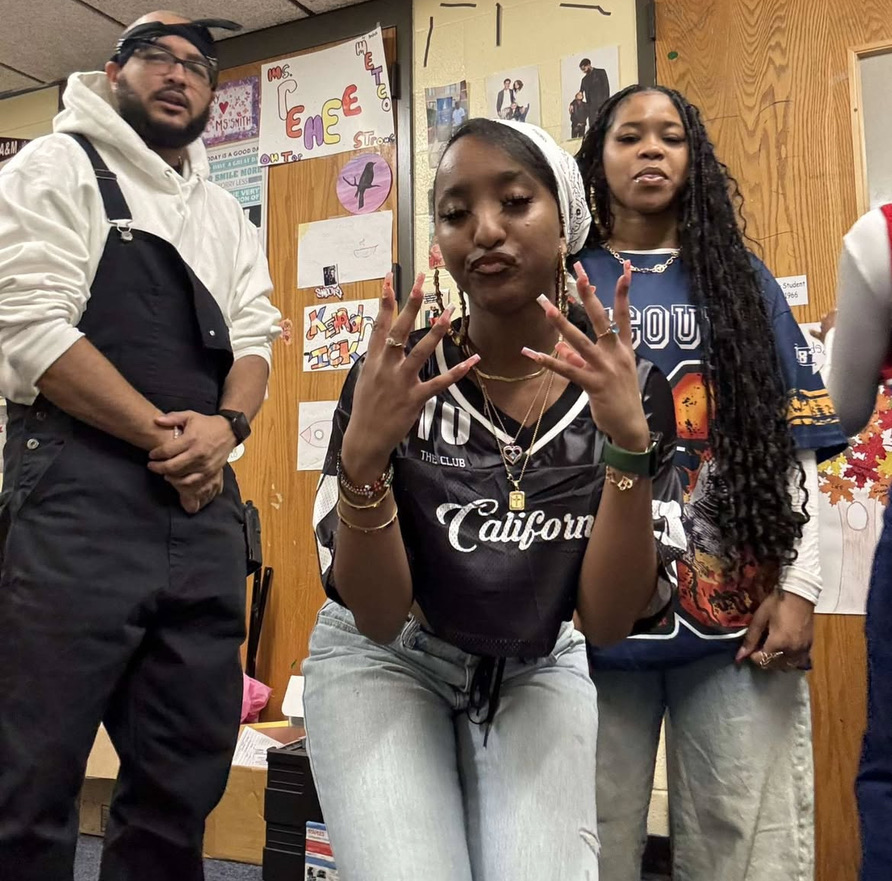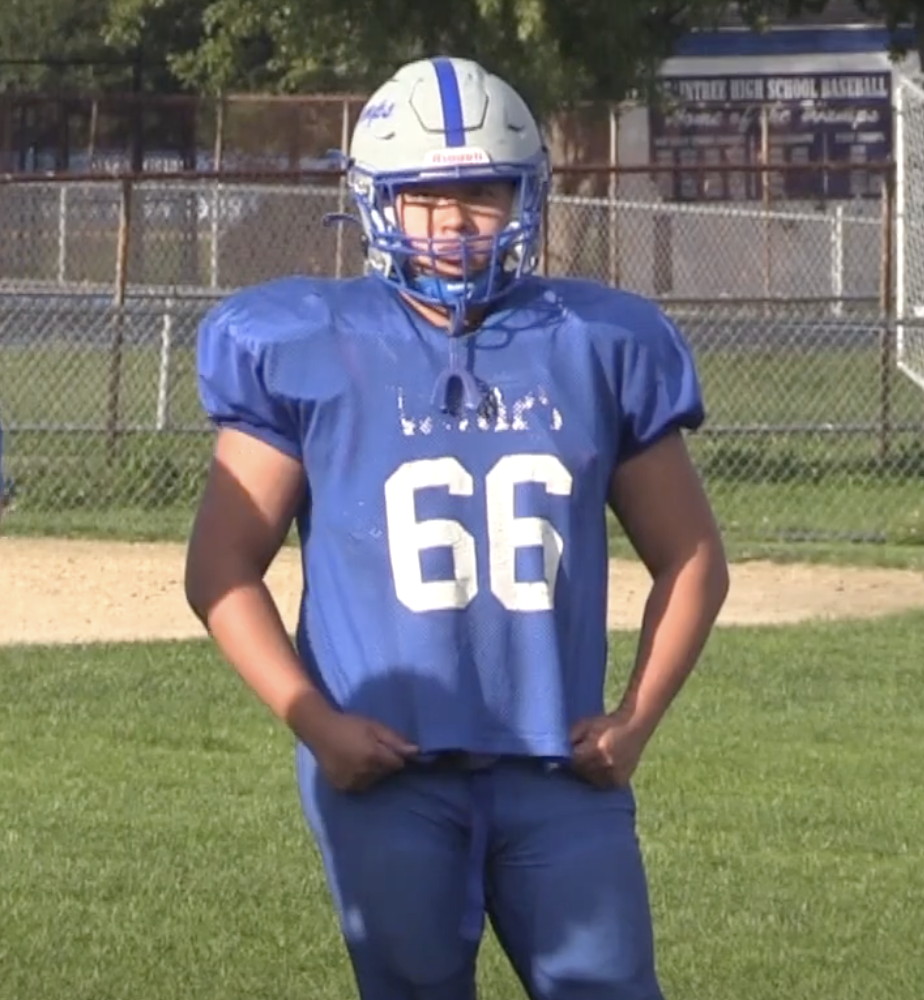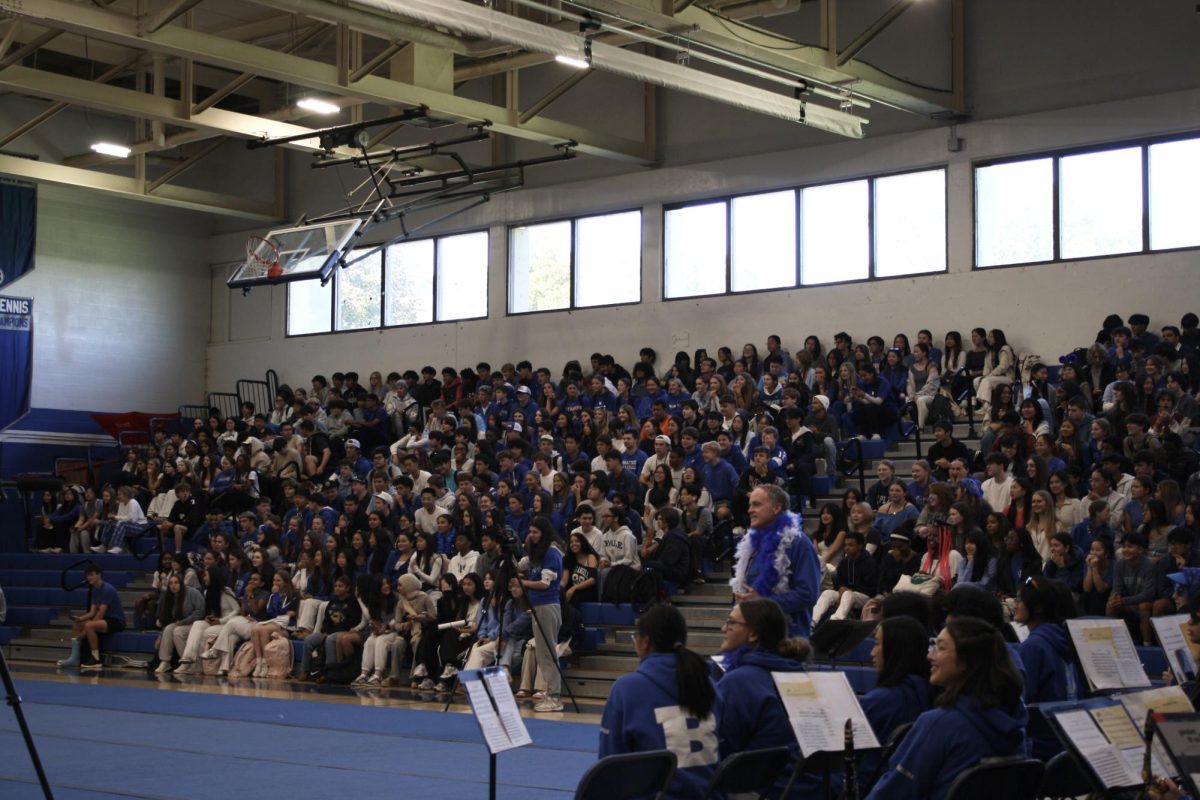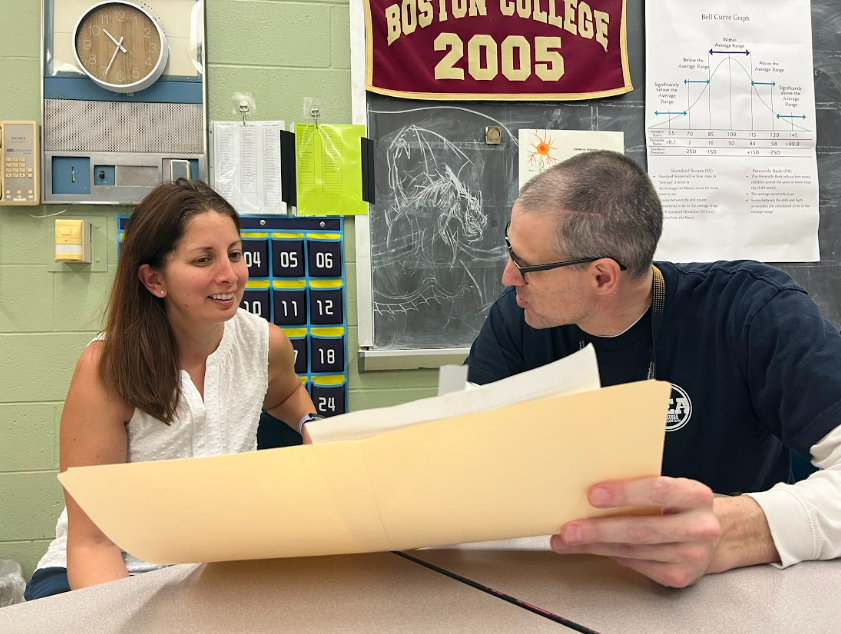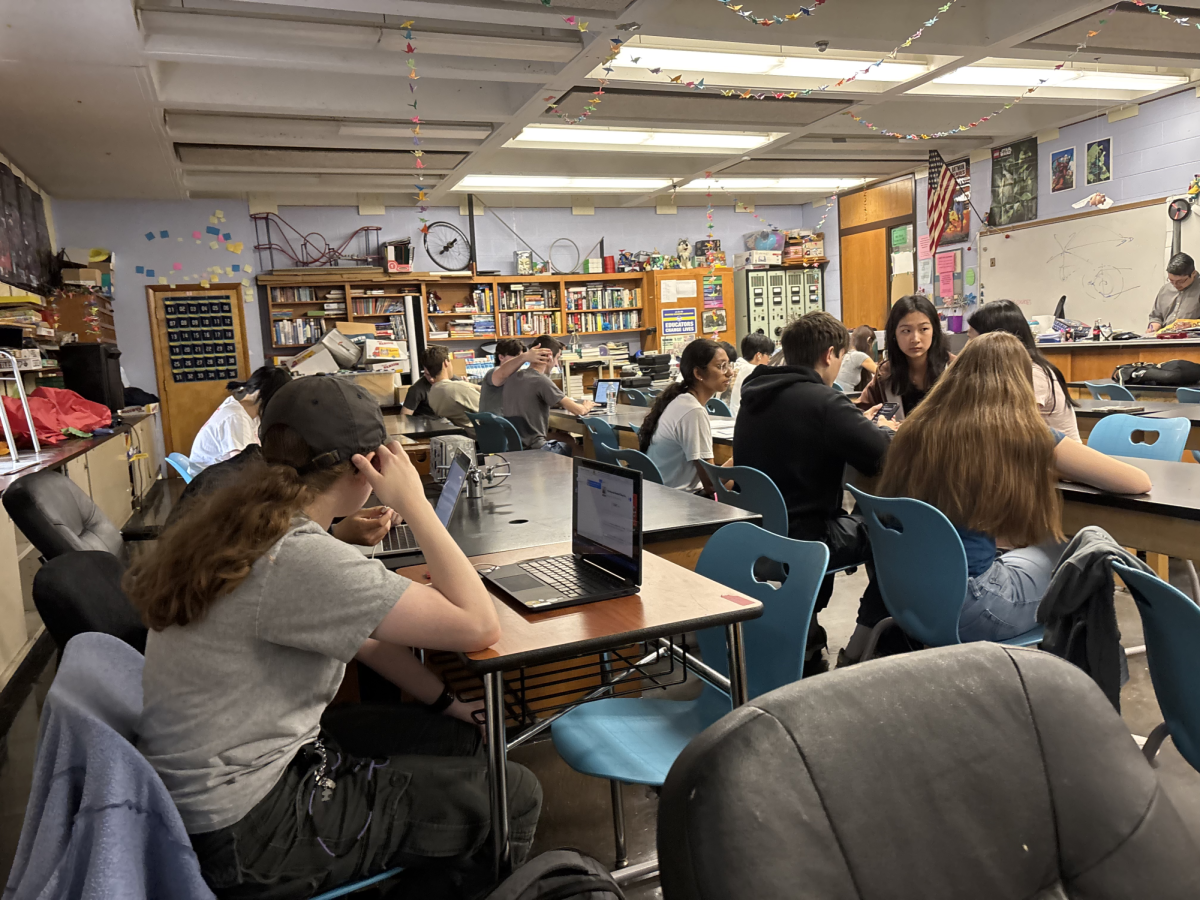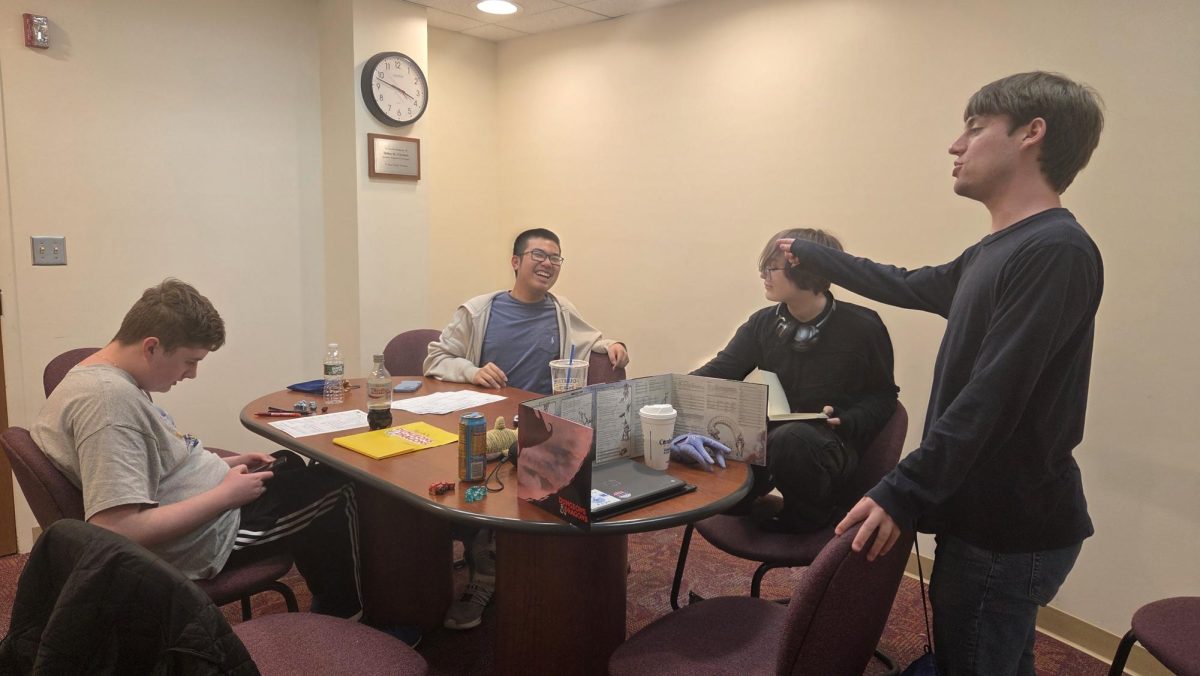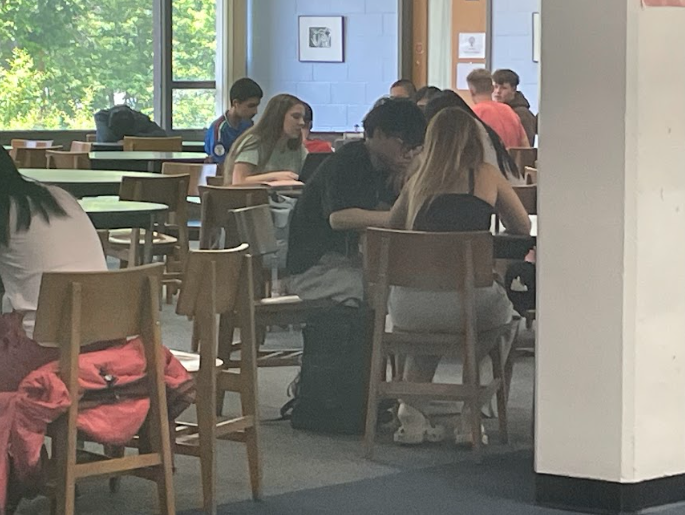At Braintree High School and other surrounding schools, a survey is given to sophomores every other year. Said survey asks generally sensitive questions about mental health as well as substance use.
Most students take this survey in their homeroom because they’re told to, and never think about it again, But where do these surveys go? What are they used for? Many students are hesitant about answering said questions because of their uncertainty on why kids are asked to take this very personal survey and who receives the anonymous information.
This survey is officially named the “Youth Risk Behavior Survey” a survey that’s given twice as year by the Braintree Community Partnership (BCP) Now, you may be asking…”What does that mean?” I talked to Substance Use Prevention Coordinator, Stormy Leung, of the BCP to find out why these surveys are conducted.
“Our mission is to engage and collaborate with the community to foster conditions that support individuals and families and prevent/reduce substance use” Said Leung when asked what the BCP’s purpose is in Braintree.
BCP works in the Health Department of the Braintree Town Hall, working to limit and/or delay substance abuse for adolescents and other citizens in the town.
“A big part of my job is making sure I’m connecting with people… no job you do alone, so a big part of prevention and public health is working with different people in town, different sectors as we call it, whether it’s working with the fire department, police, schools, like medical fields.” Leung states in response to her role at the BCP
As important as the partnership is, working to limit substance use, many people don’t know that it exists. Especially students at Braintree high.
“After I took the survey 2 years ago, I never thought about it again,” says an anonymous BHS senior.
Due to students not being aware of the BCP, students are hesitant to answer such sensitive questions on the survey. With many students wondering why would I out myself about these topics? Though, that is not the purpose of the survey.
“The purpose of the survey is not to pinpoint “whos using substances?” but it’s to give to other schools specifically, for them to understand “Okay these are the trends” and understanding like, “These are the areas we need to focus on” or “These are areas we need to put more money into” , stated Leung.
Even with all of the information provided, some students, and even some teachers are still unsure where the answers are going and what the survey is used for.
“When I took the survey in sophomore year, before answering any questions I had asked my homeroom teacher where it was going, and she had said “I’m not sure, probably the town”, explains the anonymous BHS student.
As the survey has been around for multiple decades now, the results and trends are always changing. Recently, a big factor to these shifts has been the COVID-19 pandemic.
“COVID-19 kind of provided a lot of different challenges for different people, but I think in terms of reducing substance use, its access.” stated Leung.
While you may think COVID-19 would have possibly hindered the substance use trends in a negative way, it actually caused the numbers to drop. Due to COVID, adolescents were stuck in their home so the access level of getting said substances had a huge drop.
The same goes for mental health. As much as you may think rates would go up for mental health struggles due to kids being alone and stuck inside, this isn’t exactly what happened. As a result of this, a lot of mental health awareness emerged.
Leung notes, “I think that as a community we’ve emphasized that mental health is a huge thing and make sure our students are cared for in that sense”
The BCP is a huge factor in keeping Braintree youth and overall town safer, as well as providing support and knowledge to those in need when it comes to substance use.
“We are an organization that works to reduce youth substance use” states Leung.

